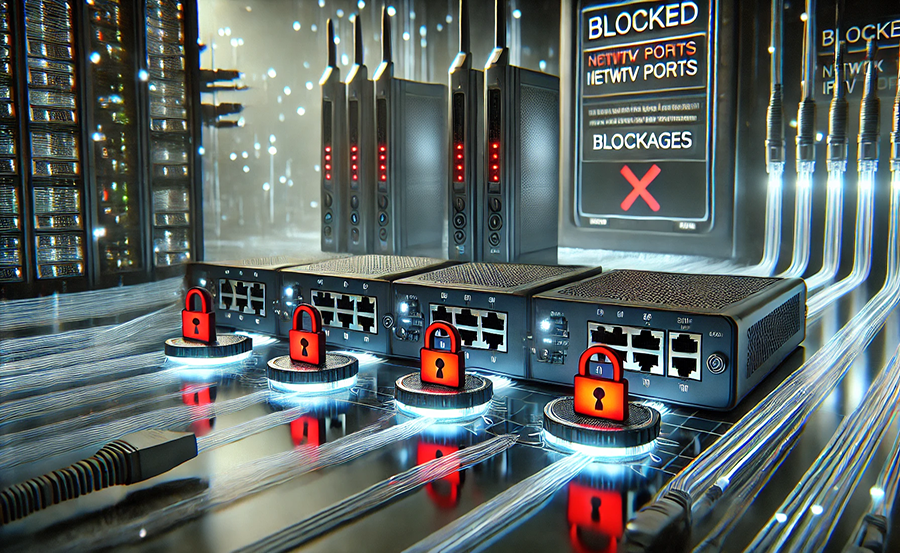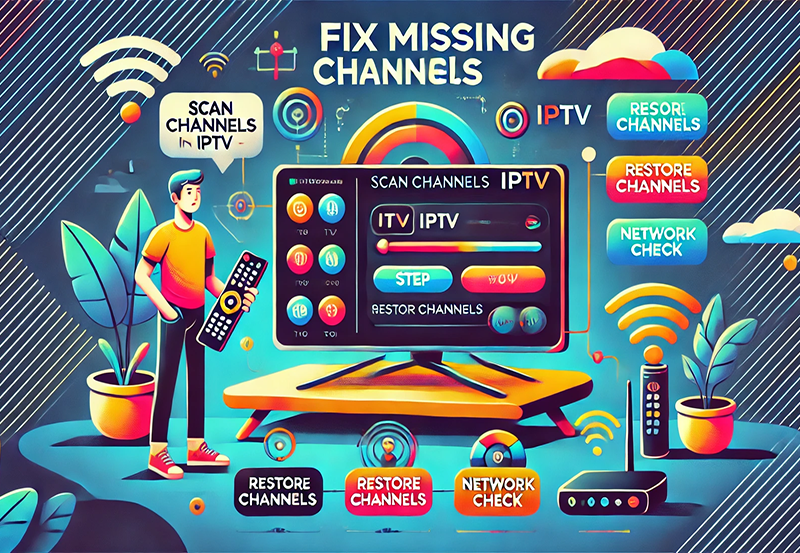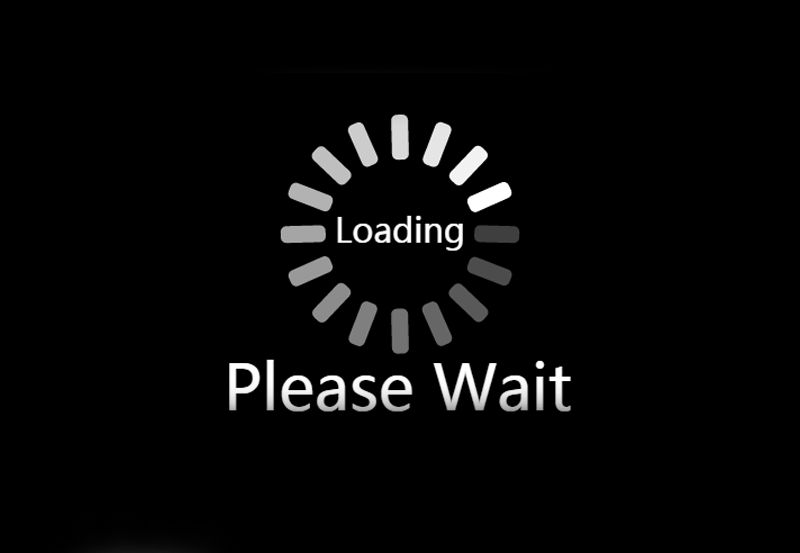In a world saturated with streaming options, IPTV stands out as a preferred avenue for many due to its versatility and expansive content range. But occasionally, tech tangles in the form of port issues can disrupt your viewing experience. Fear not! In this guide, we’ll unravel the mysteries behind IPTV port troubles, ensuring your viewing sessions are smooth and enjoyable.
Understanding IPTV: The Basics You Need to Know
Internet Protocol Television, or IPTV, leverages the internet to deliver TV content, offering users a range of choices that traditional satellite and cable services cannot. Understanding these basics is crucial as you embark on troubleshooting port issues.
The Essence of IPTV
IPTV operates through internet-based protocols, differing significantly from cable and satellite methods that rely on physical means. This digital approach offers flexibility and a broader spectrum of content availability.
Pro Suggestion:
Enjoy crystal-clear streams of British TV with IPTV for UK channels and watch all your favorites on demand.
Another hallmark of IPTV is the on-demand service. Users can choose from diverse streaming TV apps, hitting the play button on whatever content they fancy without the constraints of broadcast schedules.
Key Components of IPTV
Successful IPTV deployment comprises several key components:
- Media Streaming Device: Be it a smart TV, computer, or another device, having the right hardware is fundamental.
- IPTV Service Provider: Reliable service is paramount. A comparison between providers can help find the best IPTV entertainment suitable for individual needs.
- Stable Internet Connection: A robust connection is crucial for seamless streaming, eliminating potential disruptions due to port issues.
Identifying IPTV Port Issues
Why worry about ports? For IPTV to operate effectively, certain ports must be open and available for data transmission. When these are blocked, your viewing experience can suffer.
Common Port Problems You Might Encounter
From sudden disconnections to buffers that just won’t budge, many of these issues trace back to port troubles. Recognizing the signs early can lead to quicker fixes.
Some common symptoms include an inability to stream specific channels, prolonged buffering times, and error messages related to connection failures.
Why Ports Get Blocked
Port blocking can stem from various sources—be it security protocols from ISPs or firewall settings on your device or network. Technical upgrades can also lead inadvertently to these issues.
Your IPTV may not necessarily notify you of blocked ports, thus understanding your network environment becomes critical for diagnosis and resolution.
Steps to Troubleshoot and Reopen IPTV Ports
Reopening a blocked port isn’t overly complex and typically requires a keen eye on the settings of your devices and connection.
Assessing Your Network Environment
Start with a comprehensive assessment. Is your ISP known to block streaming ports? Checking their terms can offer clues. Alternatively, are there firewall settings on your router or device that require adjustment?
Being familiar with your network—what’s allowed, what’s restricted—forms a foundation on which effective troubleshooting rests.
Configuring the Router for IPTV
Access your router settings via your browser. Most routers have a login portal where you can adjust settings. Look for options related to “Port Forwarding” or “Virtual Server.”
You’ll need to forward specific ports typically used by IPTV services. Ensure you refer to documentation or customer support from your IPTV service provider for precise port numbers.
Disabling Intrusive Security Features
Sometimes, overly aggressive security features can hinder IPTV performance. This may involve tweaking firewall settings or, in some cases, adjusting antivirus protocols.
Find a balance between security and functionality—never compromising on safety, but ensuring your viewing experience isn’t stifled.
Testing and Verification
Once configurations are adjusted, it’s time for a test run. Fire up your IPTV and attempt to stream content that previously was problematic.
If issues persist, recheck settings to ensure accuracy or consider external factors that might not have been initially considered, such as ISP limitations.
Additional Tips for a Seamless IPTV Experience
Even with ports successfully reopened, there are other strategies you can employ to ensure optimal performance and enjoyment.
Optimizing Streaming Quality
High-definition content demands more bandwidth. Prioritize your network traffic toward IPTV to mitigate slowdowns and buffering disruptions.
Exploring wired connections, such as Ethernet, can also reduce latency and offer a more stable connection compared to wireless means.
Exploring the Best IPTV Entertainment Options
Once everything is up and running, dive into the expansive content IPTV offers. Compare IPTV service providers to expand your viewing repertoire further, ensuring you never run out of quality options.
From niche channels to mainstream favorites, variety is the spice of a fulfilled IPTV experience.
Regular System Maintenance
Like any tech setup, your IPTV rig benefits from regular maintenance. Keep software updated, clear cache files, and review setting changes periodically.
Doing so not only prevents potential issues but also secures your system against vulnerabilities.
FAQ: Navigating IPTV Port Challenges

What are the common ports used by IPTV services?
Typically, IPTV leverages ports such as 80, 8080, and 1935, among others. Check with your IPTV provider for the most accurate information.
How can I tell if my ISP is blocking certain IPTV ports?
Look for documentation or user forums discussing your ISP’s policies. Contacting customer support directly can also offer insights into any blocks they may enforce.
Will adjusting IPTV ports affect my security?
When adjusting ports, ensure that your firewall and antivirus software remain vigilant. Balancing open ports with robust security settings is key.
Why does my IPTV occasionally buffer even with ports opened?
Several factors could be at play: bandwidth limitations, server issues on the provider’s end, or local network congestion. Review your setup for potential tweaks.
Is it legal to modify ports for IPTV?
Adjusting your device settings is generally within your rights. However, ensure your IPTV usage complies with local laws and the terms of your provider.
Can VPNs help with blocking issues?
Indeed, VPNs can bypass ISP restrictions, offering a workaround for blocked content. Just ensure you’re using a reputable service.
What distinguishes IPTV from traditional TV?
The primary distinction is in delivery: IPTV utilizes internet protocols, providing a more flexible and customizable viewing experience compared to traditional broadcast methods.
How to Resolve ‘No Sound’ Issues on IPTV





